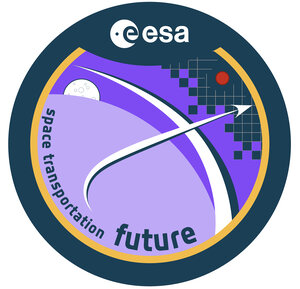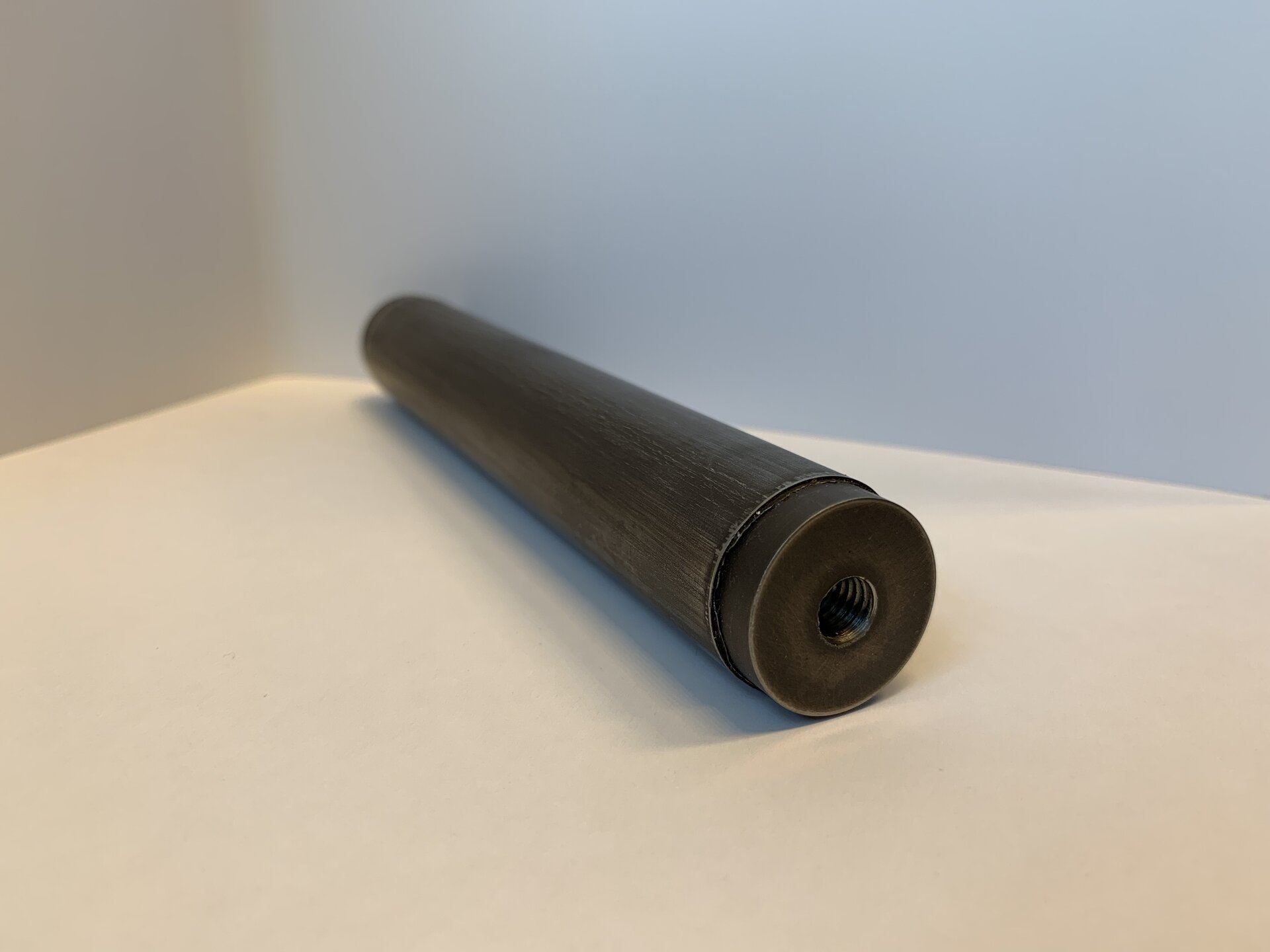Newly developed metal matrix composite beats competition by 10%
Metals used in Space need to have many different characteristics depending on what they’re being used for, but often they need to be stiff and able to hold their shape while they travel through the harsh conditions of launch and space. But often engineers must compromise on using a metal that is both rigid and also light, so it doesn’t cost much to launch.
To solve this, an activity for GSTP (4000107316) wanted to develop a material even more stiff than the steels, aluminium and titanium currently used but at the same weight, or even lighter. To do this, they engineered a titanium metal matrix composite.
“Adding ceramic particles is the only means to increase the specific properties of the metallic materials used in space industry. However, such addition needs to be carefully evaluated as it often has some adverse effects prohibiting the use of the composite,” explains the Technical Officer for the activity.
The activity, led by Technalia (Spain), led to the development of a composite with small particles of ceramic dotted throughout a titanium alloy. By using 10% of TiC particles in a Ti6Al4V matrix, the activity led to a new material that is 10% stiffer and is resistant to stress corrosion cracking and can be used for structural applications.
Next, the team at Tecnalia worked with a UK company, who had previously made a titanium alloy supported by a skeleton of long ceramic fibres instead of particles.
The next issue for the activity came in joining the two composite types together, without inciting an excessive reaction. To do this, a brazing technique was developed. In the image above, you can see the two end caps are made with the matrix reinforced with particles, while the tube in the middle has the monofilaments of ceramic aligned along the length of the tube, to provide high stiffness in the longitudinal direction. The two are joined with the innovative brazing technique.
The new material is much stiffer than almost any other metal-based technical solution and has the benefit of functioning and not reacting even at very high temperatures (up to 600oC) so if needed it could be very beneficial to launchers or propulsion systems, or on any mission which ventures near a sun. Currently, there are plans to use metal composites like this for storage tanks and other applications.















 Germany
Germany
 Austria
Austria
 Belgium
Belgium
 Denmark
Denmark
 Spain
Spain
 Estonia
Estonia
 Finland
Finland
 France
France
 Greece
Greece
 Hungary
Hungary
 Ireland
Ireland
 Italy
Italy
 Luxembourg
Luxembourg
 Norway
Norway
 The Netherlands
The Netherlands
 Poland
Poland
 Portugal
Portugal
 Czechia
Czechia
 Romania
Romania
 United Kingdom
United Kingdom
 Slovenia
Slovenia
 Sweden
Sweden
 Switzerland
Switzerland


























